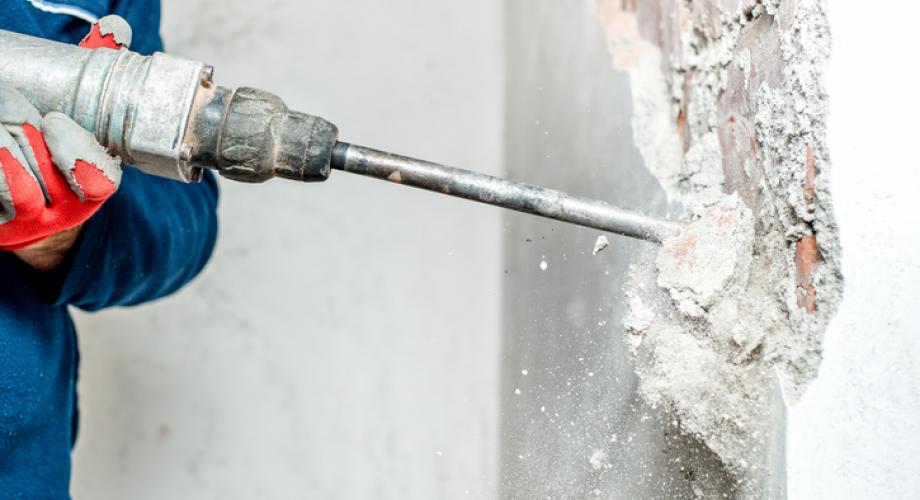It is hard to know what mechanical and structural issues a community might exist, but some signs can indicate problems.
If Lynn Owen tours an apartment community for sale and sees furniture pushed up against a wall space, closets packed with clothes or hoarding, she usually draws one conclusion about the community.
(And that assumption is not that the community is full of sloppy residents.)
“We inevitably find after closing that those units have issues: things such as plumbing, water intrusion, condensation with organic growth, pest issues, delaminated flooring, missing closet shelving and holes in sheetrock,” says Owen, the Chief Operating Officer for TruAmerica.
That taught Owen and her team a lesson. “Now, we are not shy about insisting that we get a closer look or ask that those units be cleaned so we can schedule a second inspection,” she says. “The lesson is to inspect every unit and know what we are buying so we can budget and underwrite, accordingly.”
While Owen’s experience shows that there are ways to sense problems behind the walls, there is no true way to know for sure what is going on beyond the drywall.
“If you don’t have a budget that allows you to utilize x-ray technology that gives you a clear view of what is behind the walls, it will be very difficult to really know what to plan for in terms of replacement or repair needs for obsolete infrastructure,” says Diane Batayeh, CEO of Village Green. “You just have to accept that if you are buying an older property; there is potentially going to be old plumbing, HVAC and electrical infrastructure as well as potentially environmental issues such as asbestos and lead based paint.”
A thorough investigation of the community can help apartment buyers understand what they may be in for. “You really need to take a hard look at what you can actually see,” Batayeh says. “That can give you an indication of what to budget for.”
A thorough investigation of the community can help apartment buyers understand what they may be in for. “You really need to take a hard look at what you can actually see,” Batayeh says. “That can give you an indication of what to budget for.”
Sometimes that is easier said than done. Owen has encountered situations where historical maintenance request logs were not obtainable from the seller or keys to individual apartments are not available.
“We used to expect all landlords to operate their buildings like us or in a standard operating fashion,” she says. “So, if some records were not available, or if keys to apartments during unit walks were missing, red flags did not necessarily arise.”
Now, Owen knows an absence of records can be a huge issue. Batayeh advises buyers to review at least a year’s worth of service requests.
“That will be very telling as to what types of issues exist that you may not be able to see,” she says. “If there is a recurring type of work order, that is another way to tell that you have a systemic issue.”
A close inspection also helps to pinpoint problems. Looking under the sink can reveal what type of piping is in the community. For instance, galvanized pipe is notorious for pin holes leaks, which over time can lead to major plumbing replacement needs, according to Batayeh.
“If you don’t have the budget to replace aged pipes, you should budget for the assumption that you will have recurring annual costs to repair those pipes,” Batayeh says. “You should always plan for the worst when it comes to plumbing systems.”
A close inspection also helps to pinpoint problems. Looking under the sink can reveal what type of piping is in the community. For instance, galvanized pipe is notorious for pin holes, which can leak over time, according to Batayeh.
“Budget for the assumption that you will have recurring costs to repair those pipes,” Batayeh says. “Most times when you do a renovation you will not have enough to budget for plumbing. You have to plan for the worst when it comes to plumbing systems.”
Max Sharkansky, Managing Partner at Trion Properties, says preparation is key—from diligent assessments prior to acquisition to budgeting for unexpected costs.
“Conducting research and drawing from previous experience [or consulting with someone who has previous experience] with properties of similar vintage and style can also be highly valuable.”
